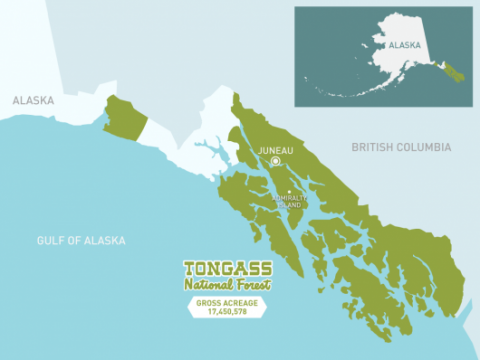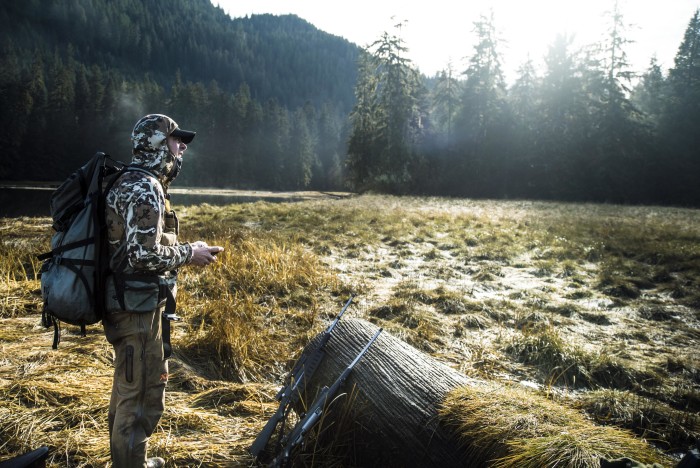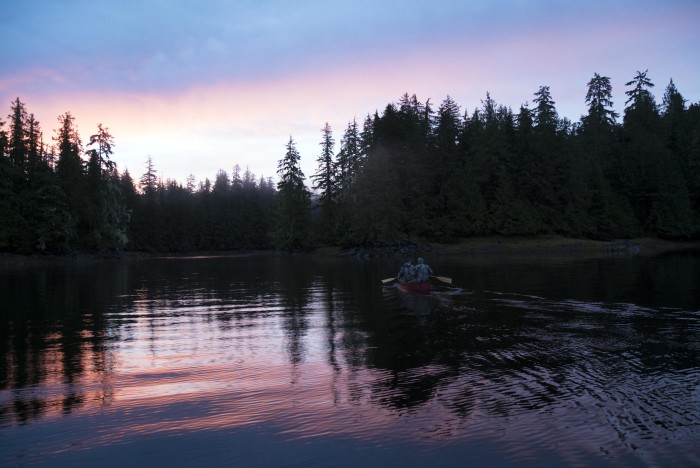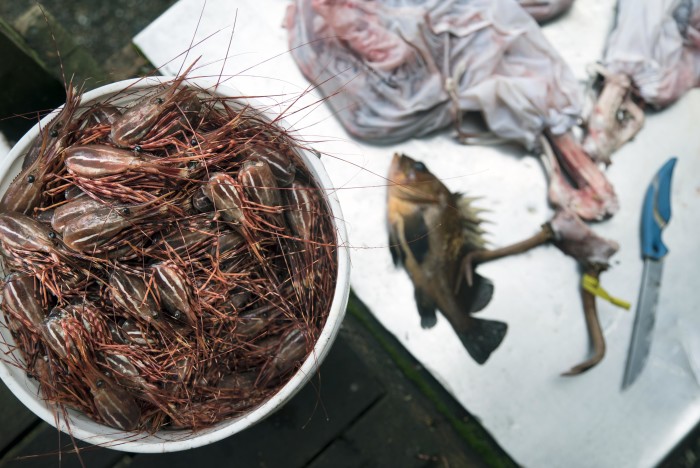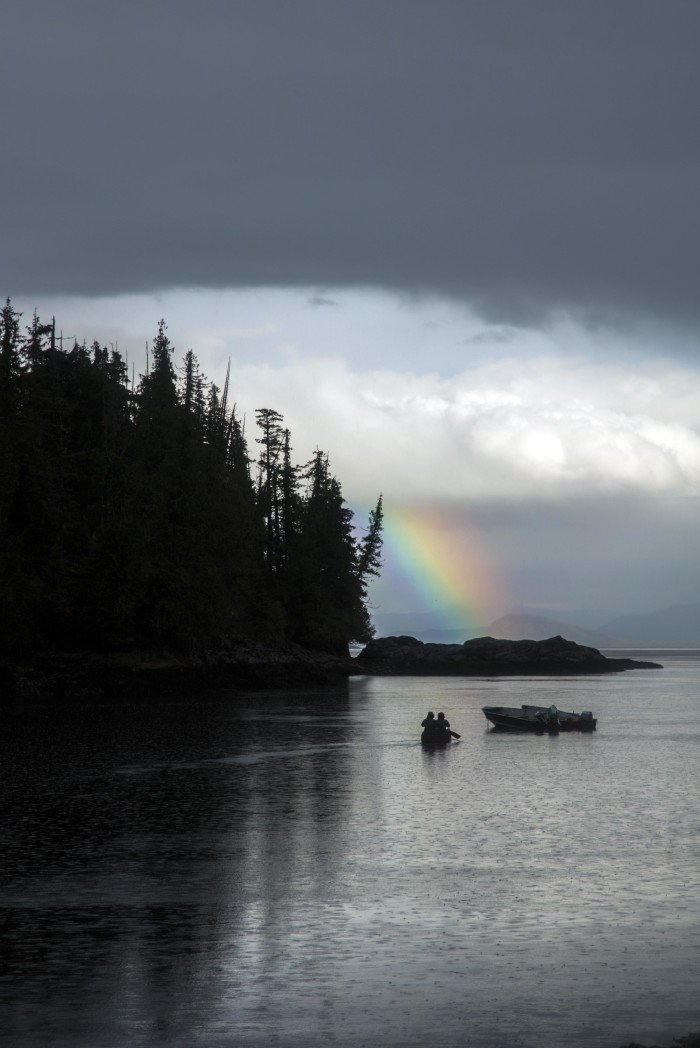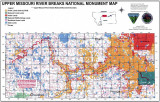
Southeast Alaska is one of the MeatEater team’s favorite trophy country destinations. The coastal mainland and islands here are daunting and unforgiving, but also beautiful and generous. Comprised of dense rainforests, alpine high country, and endless stretches of rugged, undeveloped coastline, much of Southeast Alaska’s trophy country is extremely remote. But unlike much of interior Alaska, this area is relatively easy to reach for hunters from the lower 48. Best of all, you could spend a lifetime exploring the massive tracts of public land and water here and still not scratch the surface.
The area generally referred to by Alaskans as “Southeast” comprises the coastal region roughly from Haines and Juneau in the north down to the southern terminus of the state near Ketchikan. The Inside Passage snakes its way between mainland Alaska and the many islands along the coast. Some of the larger islands include Prince of Wales, Sitka, Admiralty and Chichagof. There are countless smaller islands. The larger communities like Ketchikan, Juneau and Sitka are good places to stage hunting and fishing trips to more remote locations.
The entirety of Southeast Alaska is largely dominated by the public lands of the Tongass National Forest. The Tongass was established well over 100 years ago and offers hunters and anglers over 17 million acres of public grounds. It is our nation’s largest national forest. The terrain here rises steeply from tidal coves and grassy beaches up into the thick rainforest and then up to the alpine meadows and rocky crags of the high country. Thousands of creeks and rivers flow into the ocean here. Access to hunting and fishing grounds varies widely in the Tongass. In some areas, hunters can drive road systems built for the extraction of timber. In other areas, the only access is by boat or floatplane. Do-it-yourself hunters and anglers can base themselves out of a town, set up a backcountry camp, or reserve one of the many Forest Service cabins available in the region. Renting a skiff allows hunters and anglers to access otherwise unreachable territory. Because of the sheer volume of small islands and endless miles of coastline, it’s not hard to find your own piece of country, where, over the course of a week, you might only see the occasional float plane ferrying other hunters and fishermen.

This portion of Alaska offers hunters and anglers a wide array of freezer filling options. The most popular big game species here are Sitka blacktail deer and black bears. Deer tags are available over-the-counter and, in most cases, hunters can kill multiple blacktails. The deer hunting season here is long. Hunters can hike to bucks living in high, alpine meadows in late summer and in early fall and use boats to find deer migrating down to the tidal zone as winter approaches. Black bears are abundant. Tags are allocated over-the-counter in some units; in others they are issued through a draw system for non-resident hunters. There are spring and fall seasons. Moose and mountain goats are present in some areas of Southeast Alaska but hunting opportunities are limited. Small game species include sooty grouse, ptarmigan, and in some areas, snowshoe hares. Waterfowl hunters enjoy early seasons and a dizzying variety of ducks and geese.
The open ocean, protected coves, tidal estuaries, and flowing streams of Southeast Alaska are also trophy country. And no matter where or what you’re hunting here, there are good fishing opportunities nearby. Rainbow trout, cutthroat trout, grayling and dolly varden are common freshwater species. Five species of Pacific salmon spawn during summer and early fall. They can be caught in the ocean and in their freshwater spawning streams. Kings and sockeyes spawn in early summer, followed by pinks and chums, and silvers run in late summer and early fall. Other fine-eating saltwater fish include halibut, a wide variety of rockfish, and lingcod. Recreational anglers can also set pots for shrimp and crab. Clams, mussels and scallops are also on the menu. Southeast Alaska is a virtual wild seafood buffet.
There’s plenty of other wildlife here for that very reason. Humpback whales follow schools of herring. Orcas hunt schools of salmon in the ocean and wolves join the bears that target salmon spawning in small creeks. Seals and sea otters rest on virtually every small, rocky island between meals of fish and crabs. Sea birds, eagles, and ospreys are a constant presence. Keep in mind, some areas of Southeast Alaska have dense populations of grizzly bears while on certain islands, grizzlies are not present at all. Even if the hunting or fishing is slow, there is always something new to see in Southeast Alaska.
Be prepared for extremely nasty weather. Count your blessings if you experience more than a day or two of sunny weather during a week-long trip. It’s a very wet place and rain is a constant companion here. Some years see over two hundred inches of rain. June and July are the driest months while October and November are the wettest. Temperatures are generally fairly mild by Alaska standards. But if you don’t have the best rain gear available, you’ll get cold and wet and you’ll stay cold and wet. Bring waders, lightweight packable raingear, and consider the heavier, rubberized rain gear and gloves that commercial fishermen favor for truly nasty weather days. Use large dry bags to keep sleeping bags, extra clothing, and gear protected from moisture. Clean and oil your guns and wash your fishing gear with fresh water to prevent damage from the salty environment. Cell phone service is spotty so consider renting a satellite phone in case of
an emergency.
Southeast Alaska is the kind of mysterious place that keeps calling you back. You might suffer during grueling hikes over massive, fallen cedars and up slippery ravines. You also might curse your luck during endless days of fog and rain. But, once you’ve been there, it’s a sure thing that you’ll be back for the fishing, hunting and otherworldly scenery of mountains rising out of the ocean.
http://www.adfg.alaska.gov/index.cfm?adfg=SportByAreasoutheast.main
http://www.adfg.alaska.gov/index.cfm?adfg=hunting.whenwhere

